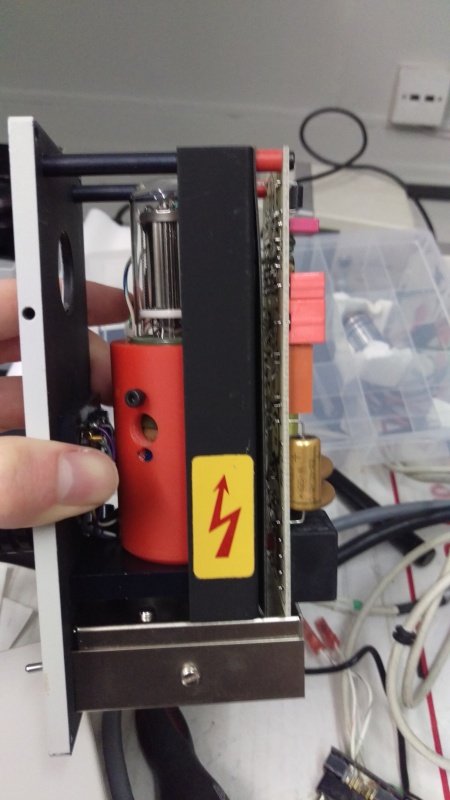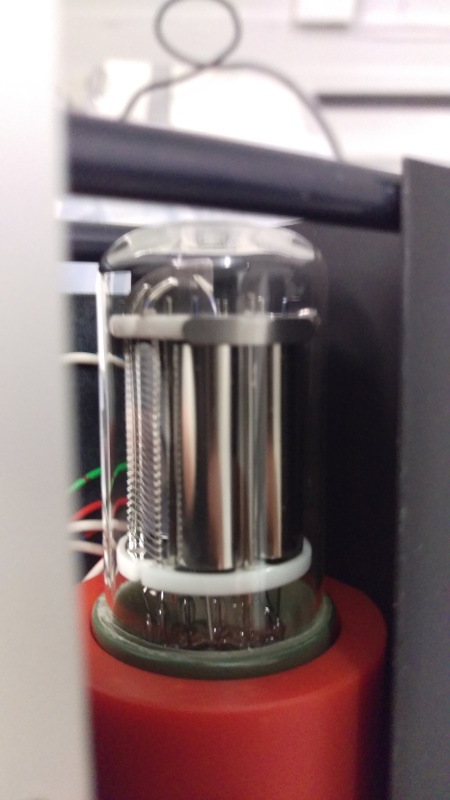♫ What is it good for? ♫
I have been taking apart an old microscope and one of the components inside it was a strange vacuum tube device. My inclinations was that it was some manner of Spectroscope or Camera, maybe both but I'm not sure. My supervisor suggested that it might be a photomultiplier which, after looking it up, I would tend to agree.
So, what are Photomultiplier Tubes used for? (Pics related)


I have been taking apart an old microscope and one of the components inside it was a strange vacuum tube device. My inclinations was that it was some manner of Spectroscope or Camera, maybe both but I'm not sure. My supervisor suggested that it might be a photomultiplier which, after looking it up, I would tend to agree.
So, what are Photomultiplier Tubes used for? (Pics related)


